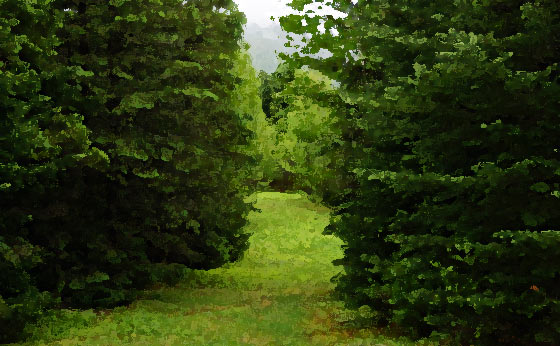Preparedness Items To Carry While Casually Hiking
I was thinking about the variety of items or things that we might decide to carry with us or put in our pockets or backpack while out on an ordinary short casual hike.
There has to be a limit as to what one might carry for preparedness of sorts during a relatively short hike. Too much ‘stuff’ and you will be bearing the weight and inconvenience of simply attempting an enjoyable outdoor experience.
While it would be somewhat (or entirely) careless to take nothing at all, what exactly would you bring along?
As usual, there are circumstances which will steer you towards what you might bring. The season, temperature, forecast, terrain, geography, expected distance of hike, whether you’re wearing a backpack or not, etc..
With that said, and given the variety of circumstances, it’s still worth general discussion.
A knife. Regardless of whether I’m out for short hike or not, I ALWAYS carry at least a folding pocket knife. Some might choose something a little (or a-lot) more substantial while out hiking.
I often carry a small LED flashlight in one of the pockets of my cargo pants (my typically daily wear). I wrote a review of this particular flashlight in the following article, “Best Pocket Carry Flashlight For Under 30 Dollars”. I admit, ‘best’ is subjective, however it is currently best for me, given my requirements ;) …although you are planning on returning before sunset, a flashlight is a good ‘just-in-case’.
I will mention as an aside that when you’re hiking, it’s generally best to wear long pants (although this may be unbearable during very hot weather). I personally like the typical ‘cargo’ pants (of which there are many manufacturers) because you can keep lots of little things in their pockets. After a fair amount of trial and error over the years, I’ve been happy with these, “Propper Men’s Canvas Tactical Pant”, of which I have many (I like the Olive and/or Tan because they blend in generally well).
A cell phone. The assumption is that the world hasn’t collapsed into a heap yet, and cell phones still work… If you get into trouble, this electronic gadget will be your best friend (assuming you’re not so far into the boonies that you lose cell reception). If you’re traveling with a partner, it might be a good idea to each carry a typical consumer 2-way radio in case you get separated. I own a few pair of these radios and have been happy with their performance, “Midland GXT1000”. Or maybe this radio which is fairly simple to operate, Motorola MH230R.
By the way, if you’re going on a hike, you really should tell someone where you are going (in case you twist an ankle, break a leg or worse, and can’t get out – for example). If nothing else, at least leave a note at home on your kitchen table…
Water. Even if you only plan to be out a few hours, it’s a good idea to carry a water bottle of sorts. You might also consider the following very practical and small (but effective) water filter which I reviewed here, “The Sawyer Mini Water Filter”.
Cordage. Even a small wrapped up length of Paracord (Five Benefits Of Paracord) will serve many purposes in the event that you need it.
Firearm. Now this depends on your region and legality of doing so, however where I live I feel comfortable carrying – given the odds of running into a bear or other such situation. Although it is a defense of last resort, it is defense nonetheless…
First Aid. Most people don’t think of First Aid when going out for a relatively short hike. But if you have the space, you might consider at least some basic items like band-aids, a gauze or two with tape (in case of a cut or gash wound). Any other ideas for practical First Aid carry for a short hike?
Compass. Depending on your familiarity (or not) with where you’re about to hike may inspire you to carry a compass (and a map of the area?). It’s always best to look at a map of where you’ll be hiking BEFORE setting out. Make a mental image of the route. If you’re hiking familiar trails or areas, this may not be necessary to carry. Just saying.
Rain poncho. You can get the very small folded up ponchos that could potentially fit in a cargo pants pocket. If you’re in an area where it may unexpectedly rain (even given a good forecast), staying dry will ward off hypothermia.
Fire. A lighter, matches, a FireSteel, etc.. just in case.
Bug spray. You can get the small little bottles of bug spray (with DEET) that will easily fit in a pocket. A hiking trip can be quickly ruined (sort of) by swarms of mosquitoes, deer flies, etc.. By the way, awhile back I wrote an article, “8 Things That Attract Mosquitoes”.
Okay, what are your thoughts on what to carry while going on a relatively short hike?

